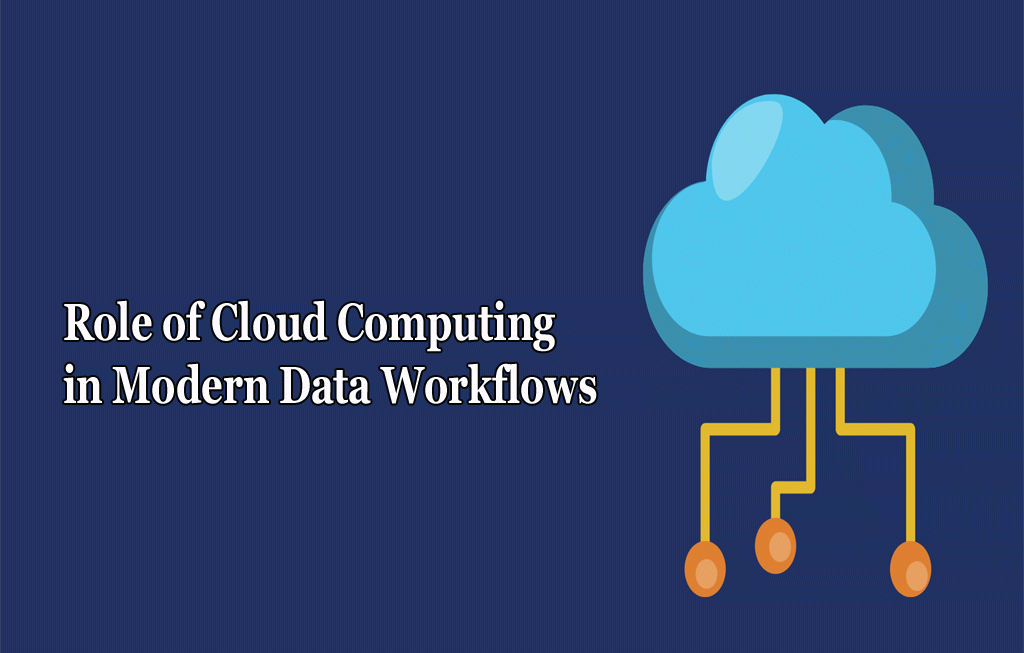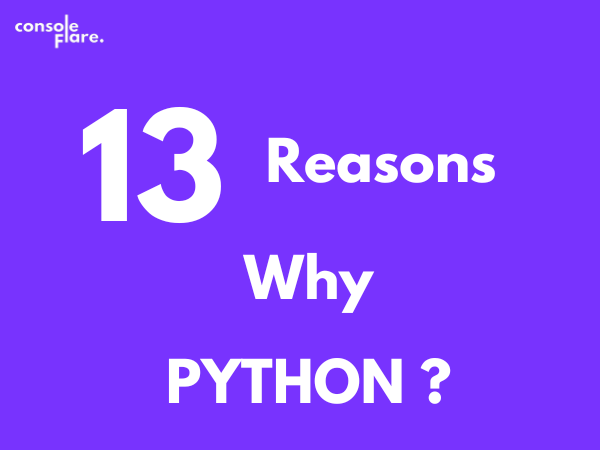The term Cloud alludes to a Network or Internet. All in all, we can say that Cloud is something, which is available in far-off areas. Cloud can offer types of assistance over open and private organizations, i.e., WAN, LAN, or VPN.
Applications, for example, email, web conferencing, client relationships the executives (CRM) execute on the cloud. Distributed computing changes the IT foundation into a utility: It lets you ‘plug into’ framework through the web, and use processing assets without introducing and keeping up with them on-premises.
What is Cloud Computing?
It is the most recent age innovation with a broad IT framework that gives us a method by which we can utilize and use the applications as utilities by means of the Internet. Distributed computing makes IT framework alongside its administrations accessible “on-need” premise. The cloud innovation incorporates – an improvement stage, hard circle, processing power, programming application, and information base. This innovation doesn’t need enormous scope capital use to get to cloud sellers. All things considered, it works with ‘pay-per-use,’ i.e., the associations’ clients need to pay just that restricted sum to utilize the cloud framework. All in all, distributed computing alludes to applications and administrations that sudden spike in demand for an appropriated network utilizing virtualized assets and utilizations the standard web conventions for accessing.
The processing is on-request access, through the web, to figuring assets—applications, servers (actual servers and virtual servers), information stockpiling, improvement instruments, organizing abilities, and that’s only the tip of the iceberg—facilitated at a far off server farm oversaw by a cloud administrations supplier (or CSP). The CSP makes these assets accessible for a month-to-month membership charge or bills them as indicated by usage.
Computing alludes to controlling, designing, and getting to the equipment and programming assets from a distance. It offers online information stockpiling, foundation, and application.
Its processing offers stage independence, as the product isn’t needed to be introduced locally on the PC. Subsequently, Cloud Computing is making our business applications versatile and collaborative.

Benefits of Cloud Computing
Lower IT costs: Cloud allows you to offload a few or a large portion of the expenses and exertion of buying, introducing, designing, and dealing with your own on-premises framework. Further, develop deftness and time-to-esteem: With the cloud, your association can begin utilizing undertaking applications in minutes, rather than sitting tight weeks or months for IT to react to a solicitation, buy and design supporting equipment, and introduce programming. Cloud likewise allows you to engage specific clients—explicitly engineers and information researchers—to grab programming and backing infrastructure.
Scale all the more effectively and cost-adequately: It gives flexibility—rather than buying an overabundance limit that sits unused during slow periods, you can increase the limit and down because of spikes and plunges in rush hour gridlock. You can likewise exploit your cloud supplier’s worldwide organization to spread your applications nearer to clients around the world.
Storage limit: The stockpiling limit is limitless and for the most part offers a tremendous stockpiling limit of 2000-3000 GBs or more dependent on the requirement.
Increase figuring power: The servers have an extremely high limit with regards to running and handling assignments and the handling of applications.
Updating: Instant programming update is conceivable and clients don’t need to deal with the decision issue between outdated and high-overhaul software.
The term ‘distributed computing’ additionally alludes to the innovation that makes it work. This incorporates some type of virtualized IT framework—servers, working framework programming, organizing, and other foundation that is preoccupied, utilizing exceptional programming, so it very well may be pooled and isolated regardless of actual equipment limits. For instance, a solitary equipment server can be partitioned into numerous virtual servers.
Virtualization empowers the suppliers to utilize their server farm assets. Of course, numerous organizations have taken on the cloud conveyance model for their on-premises foundation so they can understand the greatest usage and cost investment funds versus customary IT framework and proposition a similar self-administration and spryness to their end-clients.
In this video by Amazon Web Services, you’ll learn the basics of cloud computing. Watch the video below:
To read more such articles, click here…





